The great South African white shark count
Dylan aims to bring together several photo-ID datasets in a massive collaboration of white shark researchers throughout South Africa. He will combine the data with information collected by acoustic receivers to arrive at the first reliable estimate of abundance for great whites in southern Africa.
I would be lying if I were to say that I knew from an early age what I wanted to be when I grew up. Like most people of my age, I was raised with constant affirmations that I could be whatever I wanted to be. But if you’ve ever been to a restaurant with an encyclopaedia for a menu, you know how difficult it can be to decide what you’re eating. My parents encouraged a calling that was noble, suited my talents and came with an attractive salary. So I was to become a doctor. It didn’t take long...
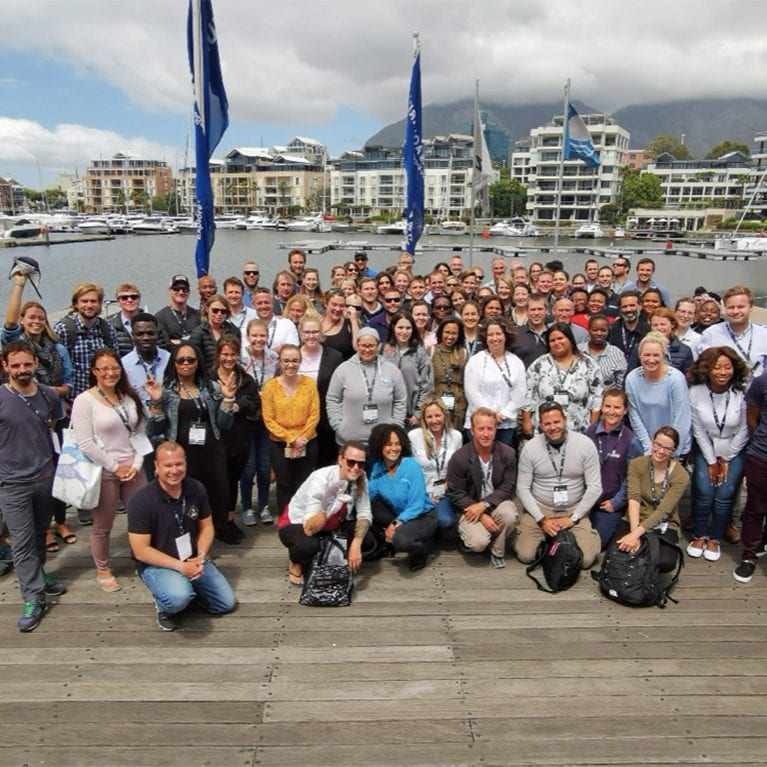
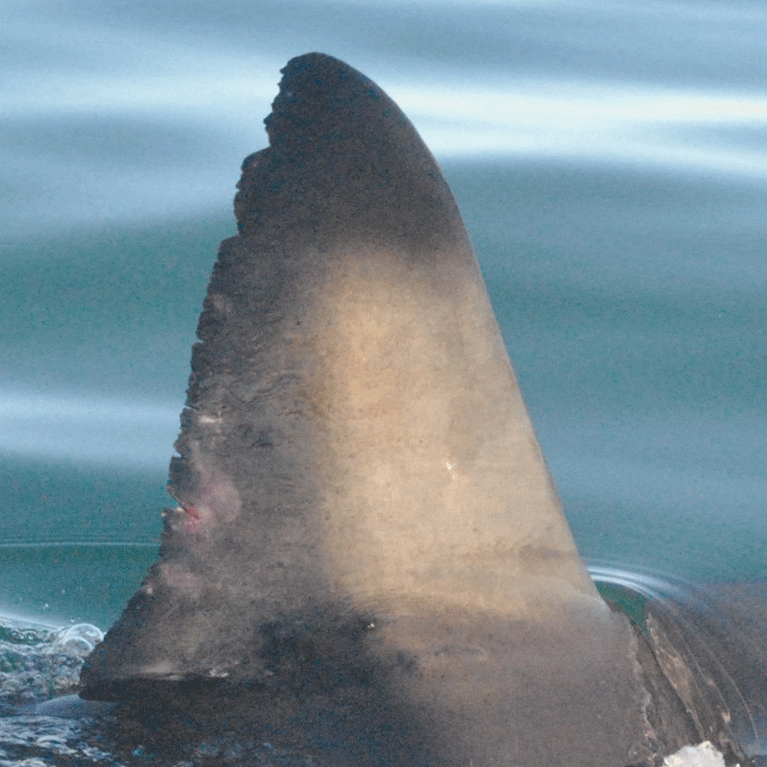
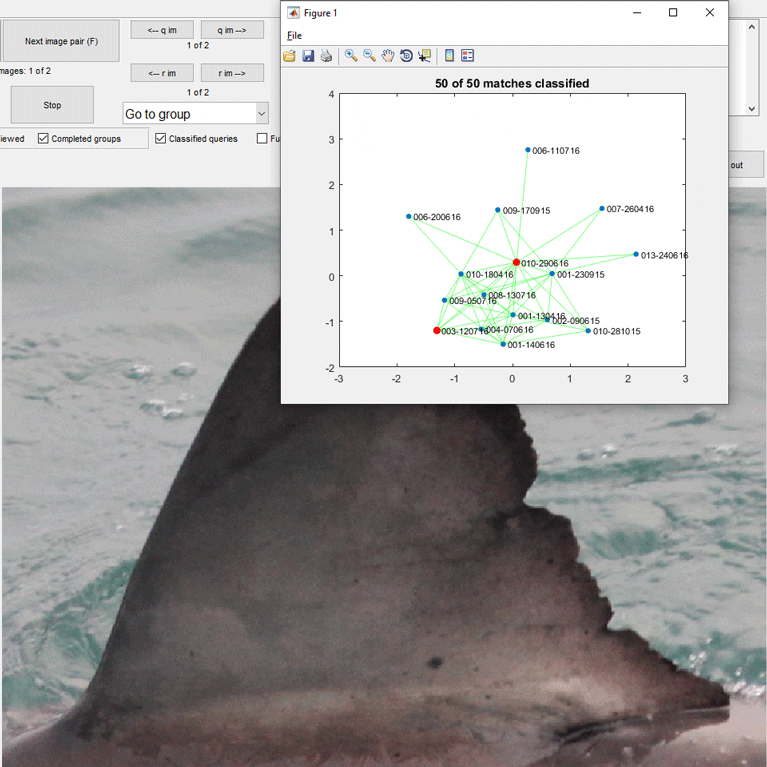
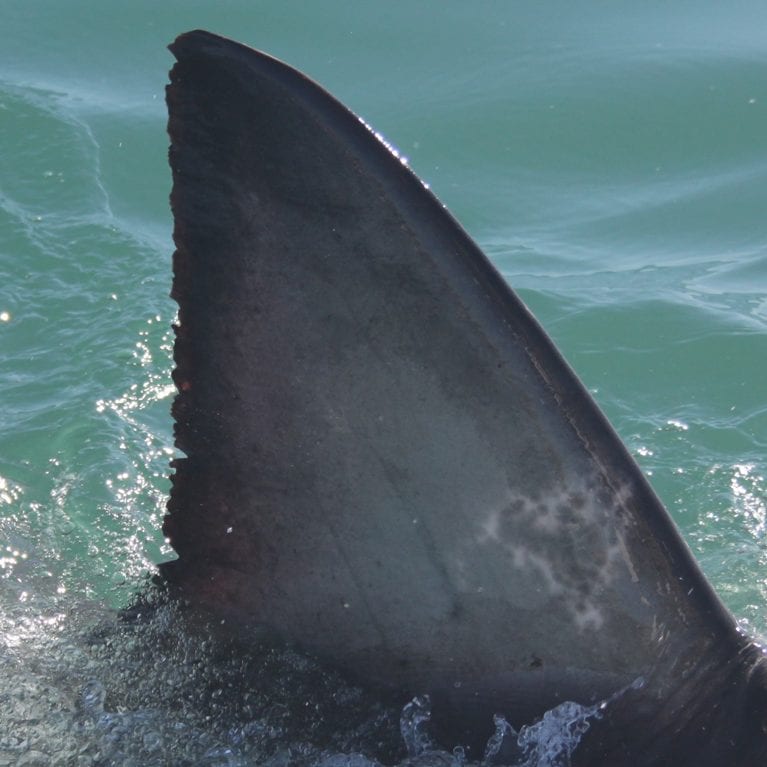
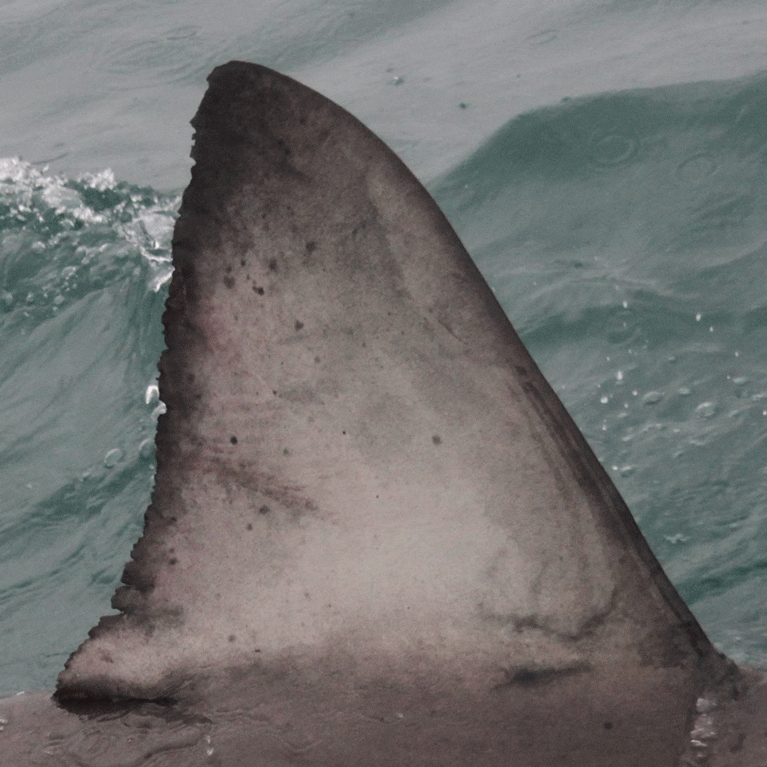
Estimating the Abundance of the White Shark in Southern Africa with an Integrated Population Model
This work will unify existing photographic identification datasets to provide a foundation for estimating population trends and strengthening collaboration, support ongoing data collection, and additionally integrate acoustic and satellite telemetry data to yield the first robust, regional estimates of abundance, survival and recruitment for the southern African white shark population.
The white shark was one of the earliest elasmobranch beneficiaries of conservation measures to emerge as scientists, legislators and the general public transitioned from an era of indiscriminate Jawshunting and DDT-spraying to our current holistic understanding of ecological connectivity and green conservationism. However, a comprehensive estimate of the population status of the white shark in southern African waters has never been accomplished, a requisite step in determining the necessity and quality of conservation measures, despite receiving nearly two decades of protective regulation. This knowledge gap is increasingly questioned as legislators attempt to balance the safety of beach-users with the protection of an animal that can be dangerous to humans. In addition to this, recent attempts to estimate abundance from single site studies have been questioned by the scientific community. Our challenge then, is to provide a well-grounded estimate of abundance so that future management decisions and assessments are based on the latest scientific knowledge.
In 1991, the South African Minister of Environmental Affairs declared protective legislation for the white shark in South African waters, becoming the first in a succession of countries to do so. The regulations were facilitated by a cooperation of scientists, the general public, governmental officials, and other stakeholders as a pre-emptive measure to protect a large and poorly understood apex predator that often evokes negative sentiments and has a potentially high commercial value . Since that time, five localised estimates of white shark abundance have been conducted in South Africa. Each however, relied on capture or sighting data from only the respective study site to infer the size of the entire regional superpopulation . Telemetry data has shown that individuals can be temporarily resident to specific areas, while others appear to be more transient, which can confound population estimates when this movement is not accounted for. For this reason, relying on these independent estimates, or simply adding them together does not offer a reliable measure of abundance.
The most recent published estimate has generated considerable interest from the media; purporting claims of a population in dire risk of extinction. This revelation is drawn from the conclusion that discordance between the estimated number of breeders and the number of observed mature adults in the study is suggestive of a recent decline in numbers, while ignoring the possibility that abundance was underestimated due to an insufficient sampling design. Additionally, no note is made of recent population trends during the time period of the mark-recapture study. The majority of scientists in the region have questioned this estimate however, on the grounds that underlying model assumptions were not met, a sample unlikely to be representative of the entire population was used, and the results we interpreted subjectively. In light of this, the study and the resulting media attention only serves to highlight the need for an estimate that uses all of the available information in an appropriate manner to arrive at an estimate that can stand up to rigorous scientific review.
- Unifying the photographic identification databases of southern Africa will create a foundation of historic data for estimating population trends across the entire geographic region, while simultaneously strengthening collaborative ties between existing researchers. This is a crucial step for a current assessment and the ongoing monitoring of the population.
- The incorporation of acoustic telemetry data will help to overcome pitfalls of earlier population estimates by expanding the range of detection and detecting individuals who may become “trap-shy” to the baited boat. The addition of satellite telemetry will allow us to detect individuals beyond the range of acoustic receivers.
- Providing an estimate of population demographics for the past decade will allow policy makers to review the progress of management measures and help to clarify the relationship between human-shark encounters and human/shark abundance. The identification and inclusion of covariates in the model will reveal potential drivers of any trends.
- We wish to make the population model that is developed to estimate abundance for this region available to the wider scientific community and popular audience by incorporating it into an online application where users can submit sighting information to provide an ongoing monitoring of the population.

